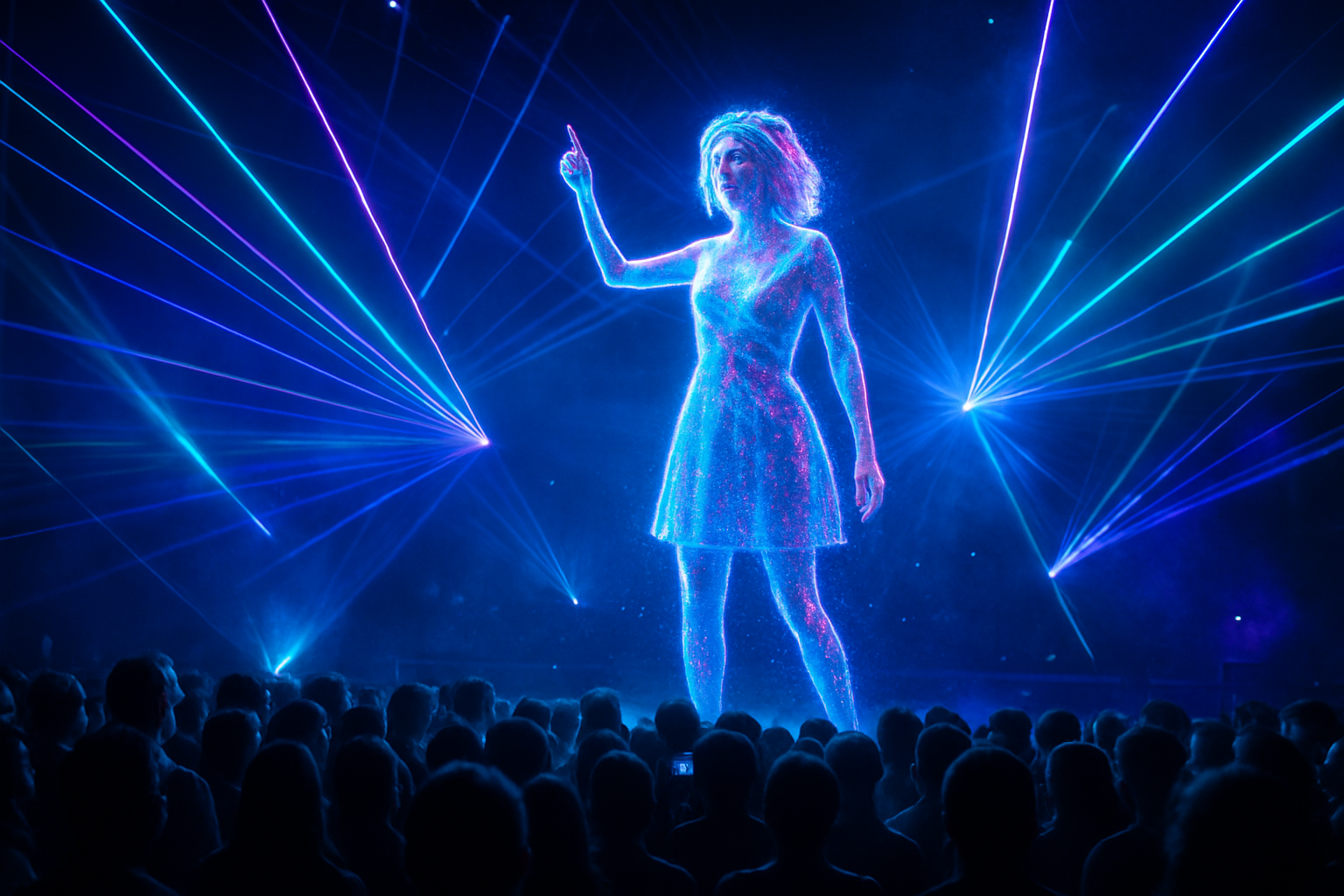Holographic Concerts: The Future of Live Music
In an era where technology continually reshapes our entertainment landscape, holographic concerts have emerged as a groundbreaking fusion of music and visual spectacle. This innovative approach to live performance is captivating audiences worldwide, blurring the lines between reality and digital artistry. As holographic technology advances, it's revolutionizing the music industry, offering new possibilities for artists and fans alike.

The first major holographic concert that caught global attention was the 2012 Coachella performance featuring a digital recreation of Tupac Shakur. This groundbreaking moment showcased the potential of holographic technology in live music, sparking both awe and ethical debates. Since then, holographic concerts have become increasingly sophisticated, with improved visual fidelity and more complex performances.
Technological Advancements Driving the Trend
The rise of holographic concerts is largely due to significant advancements in projection technology, computer-generated imagery (CGI), and artificial intelligence. High-resolution laser projectors, coupled with specialized screens and motion capture technology, allow for incredibly lifelike recreations of artists. AI algorithms have enhanced the ability to analyze and replicate human movements, making holographic performances more natural and convincing.
Recent developments in real-time rendering and 5G technology are pushing the boundaries even further. These advancements allow for more interactive and dynamic holographic shows, with the potential for live streaming holographic performances to multiple venues simultaneously.
The Impact on the Music Industry
Holographic concerts are reshaping the music industry in several ways. For living artists, it offers the opportunity to perform in multiple locations simultaneously, potentially revolutionizing tour schedules and reaching wider audiences. For the estates of deceased artists, it provides a new revenue stream and a way to keep legacies alive.
The technology also opens up new creative possibilities. Artists can now perform duets with historical figures or their younger selves, creating unique spectacles that were previously impossible. This blend of nostalgia and innovation is particularly appealing to audiences seeking novel entertainment experiences.
Ethical Considerations and Controversies
While holographic concerts offer exciting possibilities, they also raise ethical questions. The use of deceased artists’ likenesses has sparked debates about posthumous rights and the appropriateness of “resurrecting” performers. Critics argue that these shows can exploit an artist’s legacy, while supporters see them as a way to celebrate and preserve musical heritage.
For living artists, concerns arise about the potential devaluation of live performances and the authenticity of the concert experience. There’s a fear that holographic shows might eventually replace traditional live performances, potentially affecting the livelihoods of musicians and crew members.
The Future of Holographic Concerts
As technology continues to evolve, the future of holographic concerts looks increasingly immersive and interactive. Experts predict advancements in augmented reality (AR) and virtual reality (VR) will further enhance the concert experience, allowing audiences to interact with holographic performers in unprecedented ways.
The integration of AI could lead to more personalized performances, where holographic artists respond to audience reactions in real-time. There’s also potential for fans to create and share their own holographic content, blurring the lines between creator and consumer.
Conclusion: A New Era of Live Music
Holographic concerts represent a fascinating convergence of art, technology, and entertainment. As this technology matures, it has the potential to redefine our understanding of live performances and musical experiences. While challenges and ethical considerations remain, the continued development of holographic concerts promises to open up new realms of creative expression and audience engagement in the music industry.





